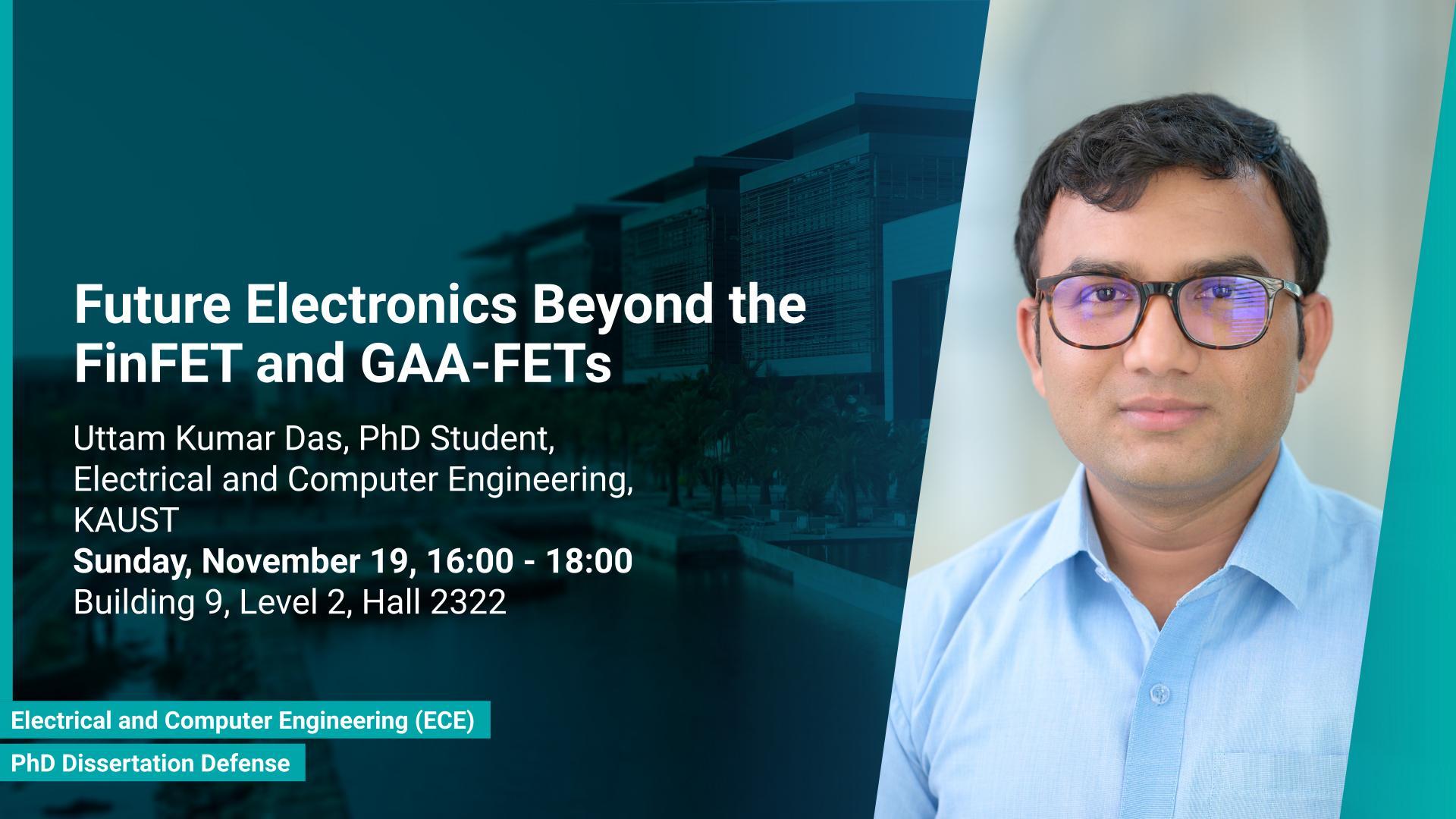PhD Student,
Electrical and Computer Engineering
Sunday, November 19, 2023, 16:00
- 18:00
Building 9, Level 2, Hall 2322
Contact Person
Quantum theory and relativity have shown the solid path for solid-state computation in the early 20th century. Since then, many theoretical breakthroughs accompanied by experimental discoveries have ultimately led us to this modern-day electronic society.

